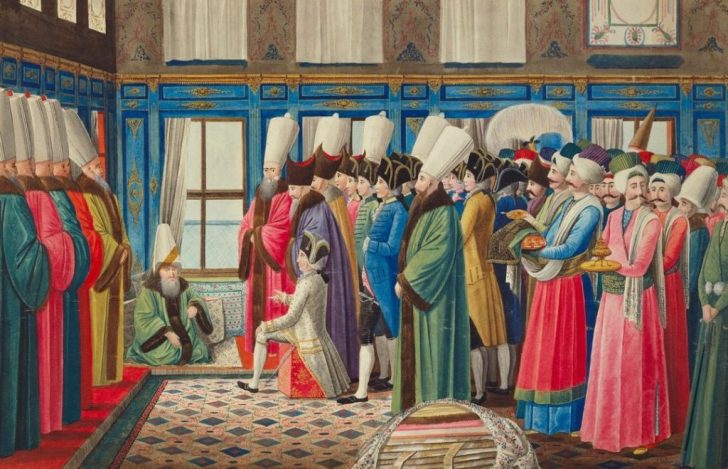Picture this: You are binge-watching your favorite historical drama, and suddenly, there is talk about Dukes, Earls, and Viscounts. While the lush gowns, royal intrigues, and dramatic love stories have us glued to our screens, the titles tossed around can leave even the most avid fan scratching their heads.
So, let’s hop aboard the royal title train and unpack these majestic monikers!
Marquess or Marchioness
Okay, let’s be honest. This is where most of us start to get a bit fuzzy. A Marquess or Marchioness ranks below a Duke but above an Earl. Historically, they managed lands on the borders of the country. Hence, the term ‘march’ (borderland areas).

Viscount or Viscountess
Just below an Earl, you have the Viscounts and Viscountesses. These titles have a long history, with the first Viscounts appearing in the English peerage in the 15th century.
Earl or Countess
If you have watched “Downton Abbey,” the term ‘Earl’ might ring a bell. An Earl or Countess holds a rank that is a step down from a Marquess but a step above a Viscount.
However, the title ‘Count’ is not used in the U.K. like it is in other countries. Instead, they use ‘Earl’.
King or Queen
At the apex of the royal hierarchy is the King or Queen. The person with this title is the ruling monarch of the United Kingdom. And in case you are wondering – yes, a Queen can be a ruling monarch, like Queen Elizabeth II, or a consort to the King, like Queen Elizabeth (the Queen Mother) was to King George VI.

As of now, King Charles III sits at the top of the British royal hierarchy.
Baron or Baroness
Finally, the entry-level position in the royal hierarchy! Well, not exactly “royal”, but certainly noble. Barons and Baronesses are the grassroots nobility, if you will.
Prince or Princess
Here is where things get slightly complicated. Not all princes and princesses are created equal. The children and grandchildren of the monarch usually get these titles. However, the monarch can also bestow them on others.
Remember when Prince Harry and Meghan Markle became the Duke and Duchess of Sussex? That was Queen Elizabeth II granting them a ‘duchy’ or dukedom.
Duke or Duchess
Just below the princes and princesses are the Dukes and Duchesses. These are among the oldest titles in the British peerage system. The lands or regions associated with these titles are called “dukedoms.”

For example, Prince William, besides being a prince, is also the Duke of Cambridge. It is like having multiple job titles, except instead of ‘manager’ and ‘team leader,’ it is ‘prince’ and ‘duke.’
But What Does All This Mean Today?
Centuries ago, these titles came with power, lands, and some serious responsibilities. A Duke governed a dukedom, and an Earl looked after his earldom, collecting taxes and ensuring the King or Queen’s rule was enforced.
Fast forward to today, and while some titles still come with vast estates (and the responsibilities of managing them), most are symbolic. However, they are not just fancy names. These titles often define the public roles and duties of the royals.
For instance, when a royal is given a dukedom or earldom, they often carry out charity work or represent the monarchy in that region. It is more about public service and less about ruling over territories.




